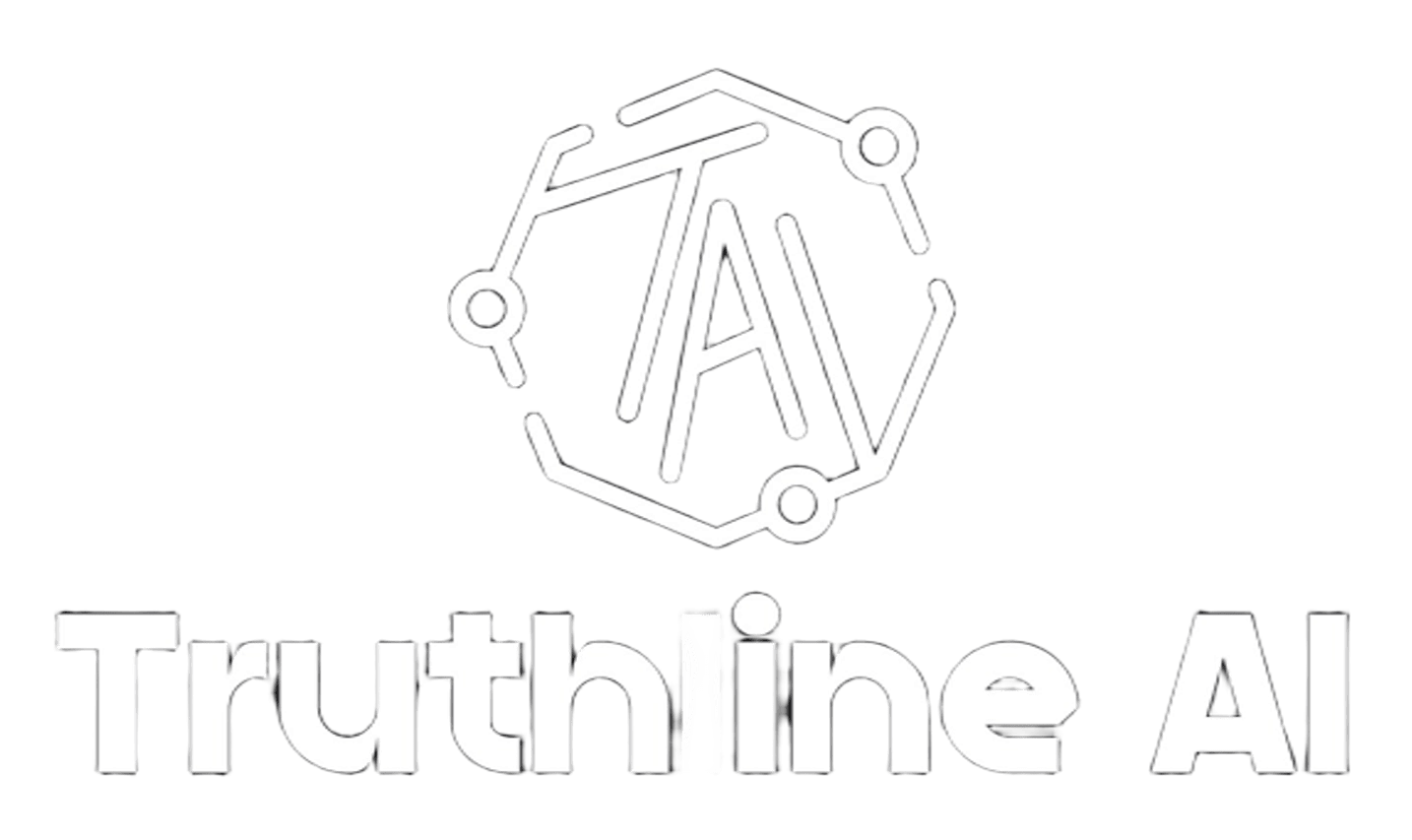Analysis of The Daily Nation Newspaper
Tone
The tone of The Daily Nation on July 31, 2025, is predominantly critical and concerned, reflecting unease over government policies and institutional failures. There is a strong undercurrent of frustration, particularly regarding delays in student loans, unfair trade practices, and police crackdowns on protests. However, some reports adopt a neutral or hopeful tone, such as infrastructure progress and anti-corruption measures, balancing the overall narrative.
Track
The newspaper tracks multiple ongoing issues, including policy disputes (Nacada’s alcohol rules, Tanzania’s trade restrictions), governance (Conflict of Interest Bill, TSC allowances), and social crises (Kilifi cult deaths, Helb delays). It also monitors regional and global developments, such as EAC trade tensions and the Kamchatka earthquake. The coverage suggests a focus on accountability, economic impact, and human welfare across these stories.
Framing
Stories are framed to emphasize consequences economic losses from Nacada’s policy, diplomatic strains with Tanzania, and financial hardships for students due to Helb delays. The framing often pits authorities against citizens or businesses, portraying conflicts between policy intentions and real-world repercussions. Environmental and global issues, like the earthquake and carbon credit exploitation, are framed as urgent but overlooked crises.
Editorial Agenda
The editorial agenda prioritizes governance accountability, economic stability, and social justice, evident in critiques of Nacada, TSC, and Epra’s financial mismanagement. It advocates for regional cooperation (EAC trade barriers) while condemning state repression (Civicus Monitor’s “repressed” rating). Human-interest angles, like cult deaths and drug theft, underscore systemic failures needing immediate redress.
Conclusion
The Daily Nation on July 31, 2025, presents a mix of scrutiny and advocacy, highlighting policy missteps and institutional inefficiencies. Its coverage leans toward holding power to account while amplifying marginalized voices affected by these decisions. The balance between criticism and cautious optimism reflects its role as both a watchdog and a platform for public discourse.
